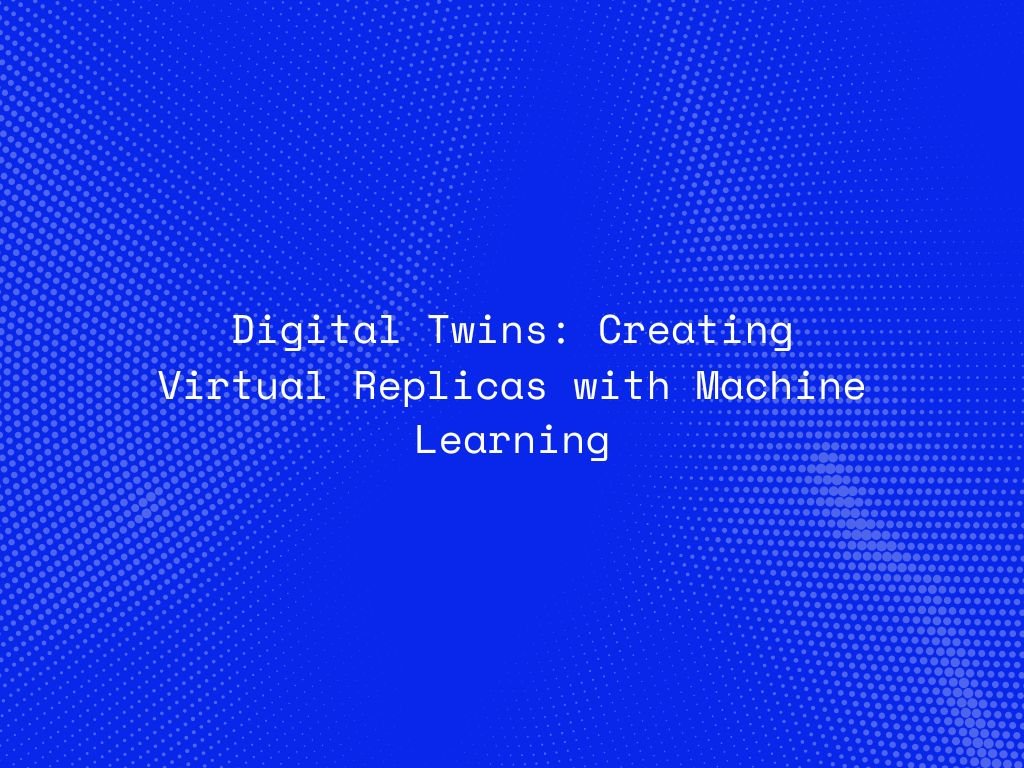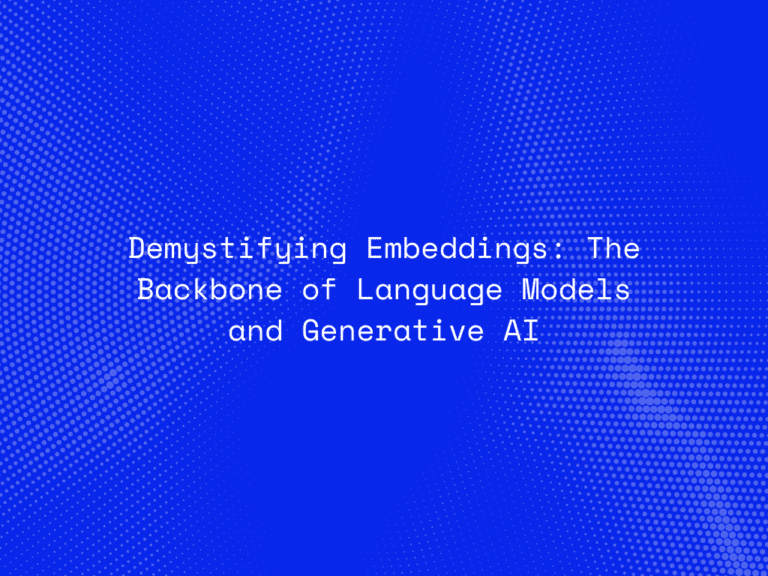In the era of intelligent systems and hyper-connectivity, digital twins are transforming how we design, monitor, and optimize real-world assets. By combining machine learning (ML) with real-time data, digital twins offer dynamic, intelligent representations of physical systems, unlocking new levels of efficiency, insight, and innovation.
From smart cities and industrial machinery to healthcare and retail, digital twins are reshaping operations across sectors by simulating behavior, forecasting performance, and identifying issues before they occur.
What Are Digital Twins?
A digital twin is a virtual representation of a physical object, system, or process that is continuously updated with real-world data. It acts as a live simulation model that mimics its physical counterpart’s behavior, status, and condition.
The integration of machine learning and AI into digital twins enables them to evolve from static models to intelligent agents capable of learning, adapting, and even prescribing actions based on predictive insights.
How Machine Learning Powers Digital Twins
Machine learning enhances digital twins by enabling them to:
-
Learn from historical and real-time data
-
Predict future states and anomalies
-
Continuously improve through feedback loops
-
Automate decision-making
Here’s how it works:
-
Data Ingestion: IoT sensors and connected devices collect real-time data from physical entities.
-
ML Model Training: Historical and live data feed machine learning models to predict outcomes, detect anomalies, and optimize performance.
-
Simulation & Feedback: The digital twin simulates behavior and offers prescriptive insights to optimize the physical system.
-
Refinement: As the system operates, the twin learns and evolves, improving its accuracy and recommendations.
Applications Across Industries
1. Manufacturing and Industry 4.0
Digital twins simulate factory equipment and production lines to:
-
Predict maintenance needs
-
Reduce downtime
-
Optimize energy usage
-
Improve overall equipment effectiveness (OEE)
For example, predictive maintenance powered by ML can anticipate machine failure days in advance, allowing for timely interventions.
2. Smart Cities and Infrastructure
Urban planners use digital twins to model traffic flow, public utilities, and environmental factors in real time. ML algorithms help:
-
Predict traffic congestion
-
Optimize public transportation routes
-
Monitor air quality and waste management systems
These models allow cities to test urban strategies virtually before implementing them.
3. Healthcare and Patient Monitoring
Hospitals are beginning to create digital twins of patients. Using wearable device data and electronic health records (EHR), ML algorithms can:
-
Monitor vital signs
-
Predict deterioration
-
Personalize treatment plans
This results in proactive healthcare, improving outcomes while reducing costs.
4. Energy and Utilities
Digital twins of power plants, grids, and renewable energy systems help monitor performance and balance supply and demand. ML helps:
-
Predict energy consumption
-
Optimize resource allocation
-
Identify system inefficiencies
This supports sustainability goals and ensures energy reliability.
5. Aerospace and Automotive
Aircraft and vehicle manufacturers create digital twins of engines and entire systems to:
-
Monitor real-time performance
-
Simulate stress conditions
-
Optimize fuel efficiency and safety features
For instance, NASA has used digital twins to simulate space shuttles for mission planning and anomaly detection.

Benefits of ML-Powered Digital Twins
-
Real-Time Decision Support: Enable operators to make faster, data-driven decisions.
-
Predictive Insights: Anticipate issues before they impact performance.
-
Cost Reduction: Minimize downtime and maintenance costs.
-
Efficiency Optimization: Continuously improve performance through simulation.
-
Enhanced Innovation: Accelerate product design and system testing.
Challenges to Consider
Despite their promise, implementing digital twins with machine learning presents challenges:
-
Data Silos and Integration: Requires seamless flow of data from disparate sources.
-
Model Complexity: Building accurate, real-time simulations demands expertise.
-
Security and Privacy: Large-scale data ingestion introduces risks that must be managed.
-
Scalability: Replicating complex systems digitally can be resource-intensive.
However, as cloud infrastructure, edge computing, and AI maturity grow, these challenges are becoming increasingly manageable.
The Future of Digital Twins and ML
The convergence of digital twins and machine learning is set to play a foundational role in the next generation of smart systems. Future trends include:
-
Cognitive Twins: Enhanced with AI to not just simulate, but understand context and make decisions autonomously.
-
Federated Learning for Twins: Distributed ML for secure, collaborative training across organizations.
-
Blockchain Integration: For secure, auditable data exchanges between twins in multi-party ecosystems.
-
Standardization: Emerging frameworks and platforms are making digital twin implementation more accessible.
Digital twins will increasingly drive innovations in automation, robotics, autonomous vehicles, and even virtual product lifecycle management.
Conclusion
Digital twins empowered by machine learning are bridging the physical and digital worlds in remarkable ways. They enable businesses to simulate reality, optimize systems, and respond to change faster than ever before—without sacrificing performance or security.
In the coming years, as AI becomes even more context-aware and data-rich environments become the norm, digital twins will be critical to building resilient, intelligent, and adaptive enterprises.




